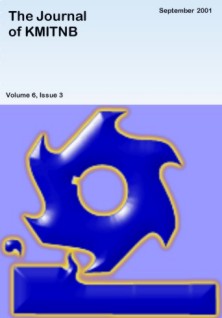ThaiScience
ThaiScience
THE JOURNAL OF KMUTNB
Volume 32, No. 02, Month APRIL, Year 2022, Pages 355 - 365
Internal logistics simulation based on agv system in assembly section of an automotive manufacturer
Busaba Phruksaphanrat , Inticha Wipusaree, Panitporn Benjaphongwattana
Abstract Download PDF
This research aims to analyze the internal logistics in the assembly section of an automotive manufacturer by computer simulation. Currently, the case study factory uses human labor and truckies for the transport of raw materials or specific items. However, the Automated Guided Vehicle System (AGV) is currently under review to replace the material handling system and the productivity has also been planned to increase by 12%. Therefore, the objective of this research is to analyze the AGVs routing in the assembly section to serve increasing customer demand and to find the appropriate number of AGVs. According to the study of capacity, plant layout, plant spatial distance and the specification of an AGV, AGV routes were designed based on the shortest path with the minimum intersection points and the minimum layout changes. There were three patterns of AGV routes. Then, a computer simulation was used to compare these three patterns in preference to actual testing in the plant. The results from the simulation showed that the third route, with no intersection point is deemed the best option. This route can meet the requirements of the existing production capability with the use of only two AGVs. Overall it can support the manufacturing capacity expansion by 21%.
Keywords
Routing Analysis; Automated Guided Vehicle Systems; SimulationTHE JOURNAL OF KMUTNB
Published by : King Mongkut's University of Technology North Bangkok
Contributions welcome at : http://www.journal.kmutnb.ac.th
